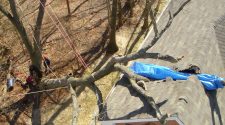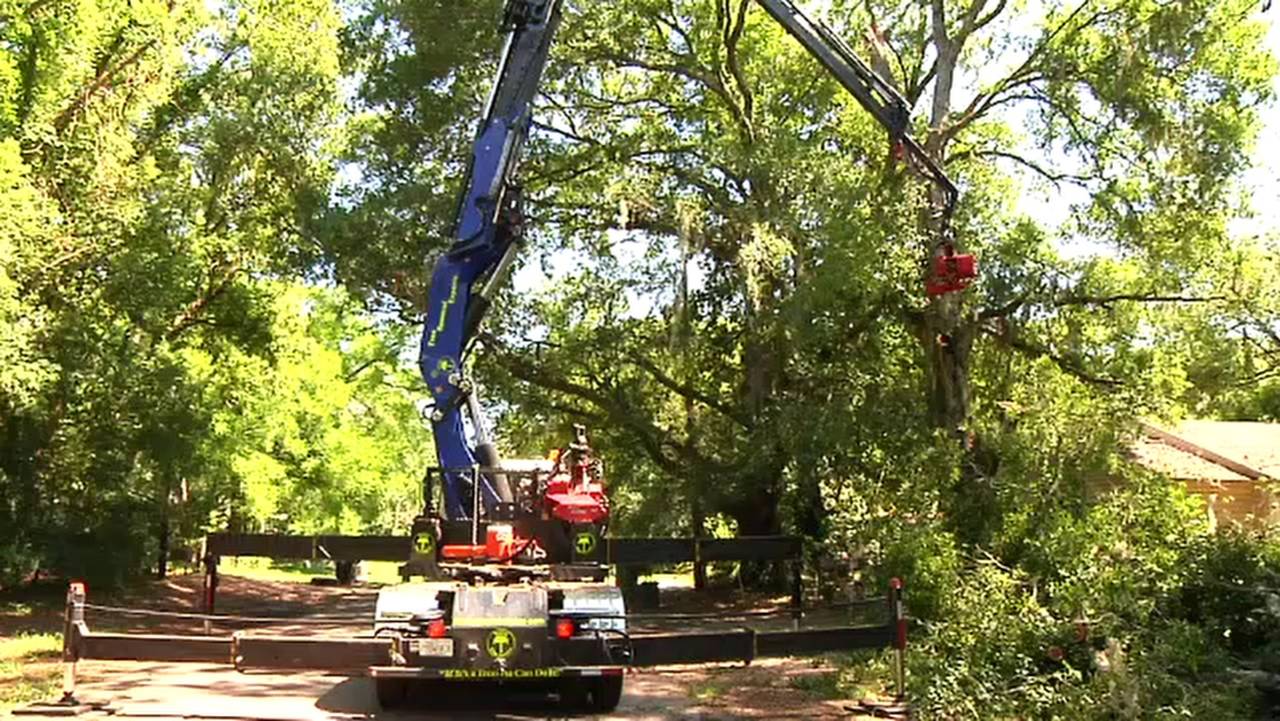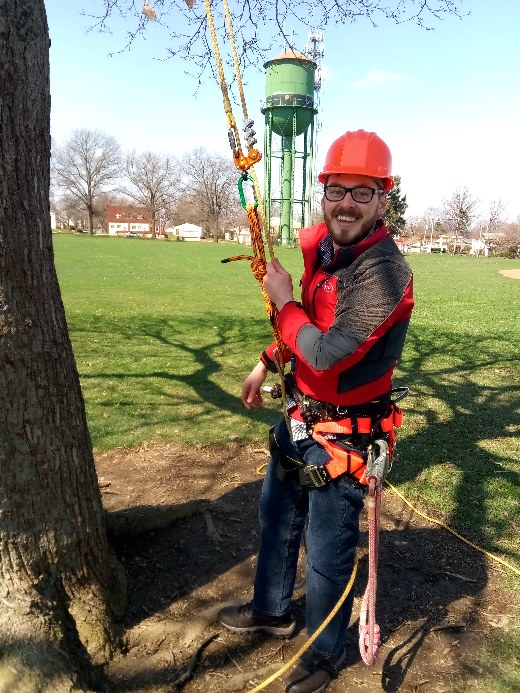Working with Trees: 3 Proper Safety Tips to Avoid Injuries

Image Source: Pexels.com
Working with trees is certainly not a profession without its dangers. And while lumberjacks might have it easier, arborists are certainly put through a lot more professionally speaking. Not only do they face the same hazards, but then there’s the added risk of heavy machinery malfunctioning or freefalling due to a faulty harness.
Safety Tips
Eliminating all the risks that come with such a job is impossible, but you owe it to yourself to do your best to diminish them at least. Here are the three most important proper safety tips you need to consider in order to avoid injuries when working with trees.
1. Wear Appropriate Protective Gear
It should go without saying, but the first and perhaps most important thing to take into consideration when working in the arboriculture industry is wearing appropriate protective gear. This includes, but is not limited to the following items:
- Helmets
- Gloves
- Hearing protection
- Safety glasses
- Fall and rescue harnesses
- Special clothing
- Footwear
In many ways, the footwear worn in this profession need to have the same qualities as those worn by lumberjacks (also known as loggers). While the endgame of each occupation does differ greatly, at the end of the day both are faced with more or less the same dangers. And perhaps the biggest one is represented by falling trees.
People in the field know just how powerful one can be. Therefore, you need extra protection. By now, you might be wondering: are logger boots comfortable for arborists as well? The short answer is yes, they are. In fact, such footwear is usually made to be extra easy to move around in due to the very nature of the job they cater to.
It is essential that your equipment is up to par with the newest regulations in the industry. Furthermore, your employer should provide you with everything, so you don’t need to go out of your way to buy it unless otherwise specified by your contract. Know your rights no matter the field you operate in and demand that they are met when necessary.
2. Know Your Environment
Depending on your specialty and the magnitude of the job you have to complete, environmental conditions can differ tremendously. Not only is working with street trees different from those in parks, for example, but there’s also the weather factor that you need to consider at all times.
For those that don’t work in the field, what arborists really do is a mystery. But a certified pro knows how to handle all situations that might arise. Be aware of the condition you will be working with in advance so that you can prepare for the process accordingly.
Furthermore, depending on the nature of the care activity you are sustaining, additional hazards might appear. You could also be working with chemicals, which means that an extra layer of precautions needs to be taken concerning gear and overall on-site demeanor. And this is just one example of many possible ones.
Any trimming or similar activity involving palm trees also constitutes a supplementary risk when it comes to this particular profession. According to the Occupational Safety and Health Administration, or OSHA for short, there have been quite a few cases of laborers from this field dying due to asphyxia caused by getting caught in between palm tree fronds.
The essential thing to be understood here is that different jobs pose different threats, and thus require different targeted precautions. Know what your specific needs are on any given occasion and make sure that they are met.
3. Use Proper Tools
There are quite a few must-have tools for arborists that make your job both easier and more secure. Depending on the type of tree and its specific characteristics, you will require either a chainsaw, a handsaw or both. A pruner is also up there on the list. And on top of that, operating heavy machinery such as cranes on the job might also be necessary.
You need to check that all the aforementioned equipment is up to par with safety and quality standards and regulations. This not only makes your activity legal, but it also diminishes any type of risk that might emerge on this front. Your site supervisor should oversee all aspects pertaining to maintenance, but it is your due diligence to provide for yourself.
One of the most dangerous tools on the job are wood chippers. Unfortunately, accidents involving such a device aren’t merely an exaggerated horror film trope. Quite a few service workers in this field either got injured or wound up losing their lives this way. Thus, if your activity involves one, you need to take extra precautions.
The conclusion for this segment is that you need to not only use proper hand tools but also arrange that any heavy machinery you operate or interact with is up to par with the law. Furthermore, you need to adjust your demeanor accordingly to ensure that things don’t go south at the wrong time.
Conclusion
Just like it is the case with someone working any other job that requires outdoors activities with power tools and heavy machinery, an arborist must take a few extra precautions. First and foremost, all your specialized clothing, footwear, and equipment need to be in good shape. Replace any damaged items straight away and confirm that you always rock the complete set.
Once you’ve got that all figured out, take a step back and analyze your environment. What specific conditions will you be working under on that particular job? Whatever they are, you need to take the proper measures that secure your activity. And last, but certainly not least, consider the tools you are working with. If they pose more risks, adapt your demeanor around them. Good luck, and stay safe!
Author: Vincent West
MassBay Engineering Design graduate













